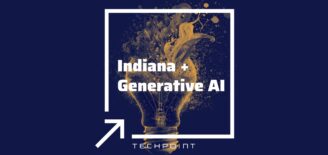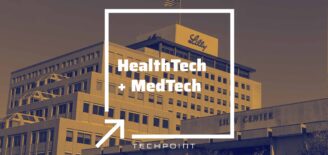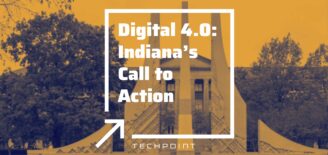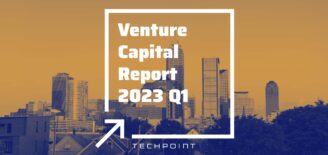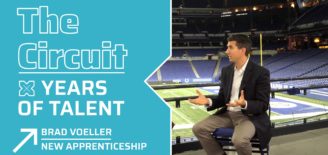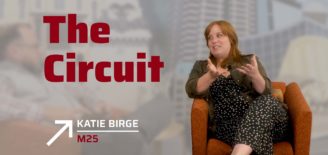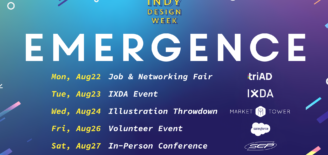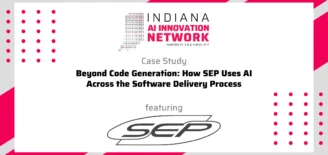It is an inescapable fact that Indiana faces a growing gap between the number of jobs that require technical skills and the number of workers who possess them.
This reality was made abundantly clear in a recent study by HireUp Indy and TechPoint. It found that computer and information technology (IT) jobs in Indiana grew at more than twice the rate (17 percent) of all occupations (8 percent) between 2009 and 2014. The median salary for these jobs – positions such as software developer, web developer, computer programmer or computer systems analyst — is more than $72,100 a year. That’s more than twice the average of about $35,300 a year across all occupations.
Indiana’s colleges and universities have graduated more students with technology skills in recent years. Yet part of the problem is that it still has not kept pace with demand. For example, in 2013 the number of computer science majors at Indiana universities increased to 417, yet the demand for software developers in central Indiana that year exceeded 2,500.
Specific skills and experience matter as well. About three-fourths of the companies that responded to the study noted a “moderate skills gap” when it comes to computer and IT workers in central Indiana. Although 40 percent of companies rated overall talent levels as “better than average,” more than half of upcoming hires will require more than five years of experience – an area where Indiana still is perceived as lacking in terms of quality and quantity.
The presence of a “skills mismatch” within Indiana’s workforce – and the threat that it poses to the state’s economy – is not a new area of research. An article produced in the spring of 2014 by Tanya Hall and Carol O. Rogers of the Indiana Business Research Center at Indiana University’s Kelley School of Business noted that by 2018, a demand for 123,000 STEM-related jobs (science, technology, engineering and math) will exist statewide.
According to Hall and Rogers, Indiana’s prominent industry clusters, especially advanced manufacturing and health care, have been at the forefront of raising collective awareness about the state’s “skills mismatch.” These technology-enabled sectors, along with life sciences, defense and aerospace, logistics and energy, are key drivers of Indiana’s economy. To bridge the gap, the article offers recommendations that include developing a more holistic approach in kindergarten through 12th-grade education, improved retention of postsecondary students, increased educational programs for working adults, and making higher education more affordable.
What has yet to transpire — until now — is a statewide conversation involving key stakeholder groups that addresses the need to bridge the gap between educational experiences and future employment in Indiana’s technology-enabled industry clusters. But on Thursday, June 25, a collection of education, technology, economic and workforce officials will come together at the Hine Hall Ballroom at Indiana University Purdue University Indianapolis for E2E (Education to Employment) Convergence.
The event, which runs from 9:30 a.m. to 3:30 p.m., is an education-to-employment conversation hosted by Indiana University/Innovate Indianaand TechPoint with support from the Lilly Endowment Inc. The keynote address will be given by Teresa Lubbers, Indiana’s commissioner for higher education, with opening remarks from IUPUI Chancellor Charles Bantz andBill Stephan, IU’s vice president for engagement.
To learn more about the conference and view the day’s agenda, please read here.
This blog post originally ran on The Innovate Indiana blog, which is a production of the Indiana University Office of the Vice President for Engagement.
Join Innovate Indiana as they highlight new research discoveries from IU faculty and researchers, discuss trends in technology transfer and university research, and show how IU innovation is benefiting the entire state of Indiana.


